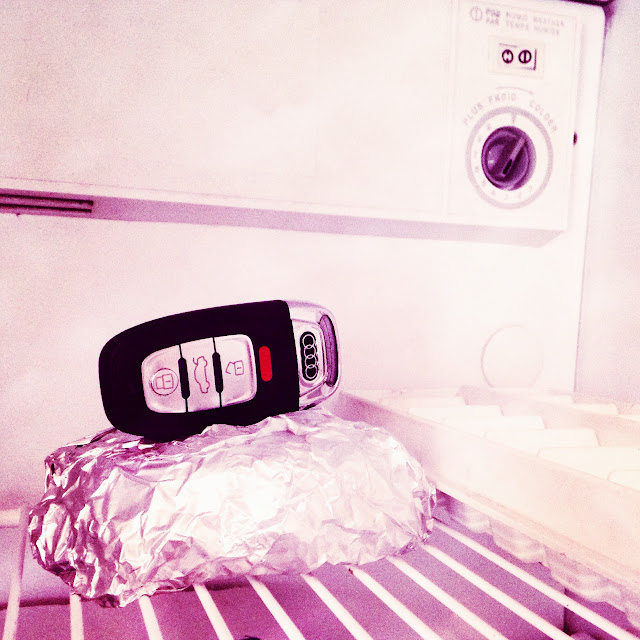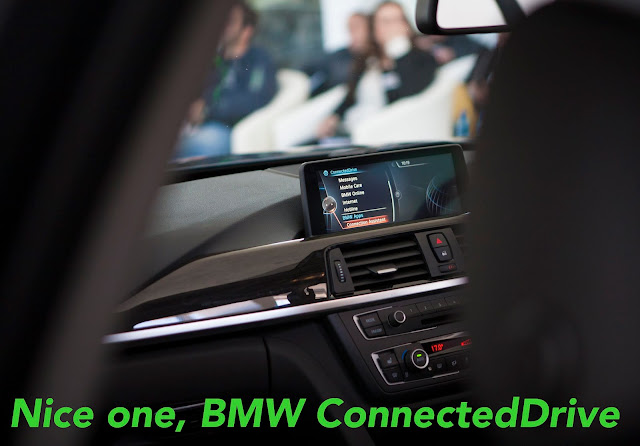New York Times journalist Nick Bilton’s Prius was almost stolen electronically three times, so he goes looking for an answer. He finds a clue from a Toronto Police warning, which leads him to a guy in Switzerland, who explains what likely happened.
The attack – boost the car’s keyless entry signal range to trick it into unlocking.
The defence – store keys in a makeshift Faraday cage (like a freezer) where signals cannot get in or out.
This was my Friday news story for the paper.
Read it online at Autonet.
Blog tag = Auto Security







